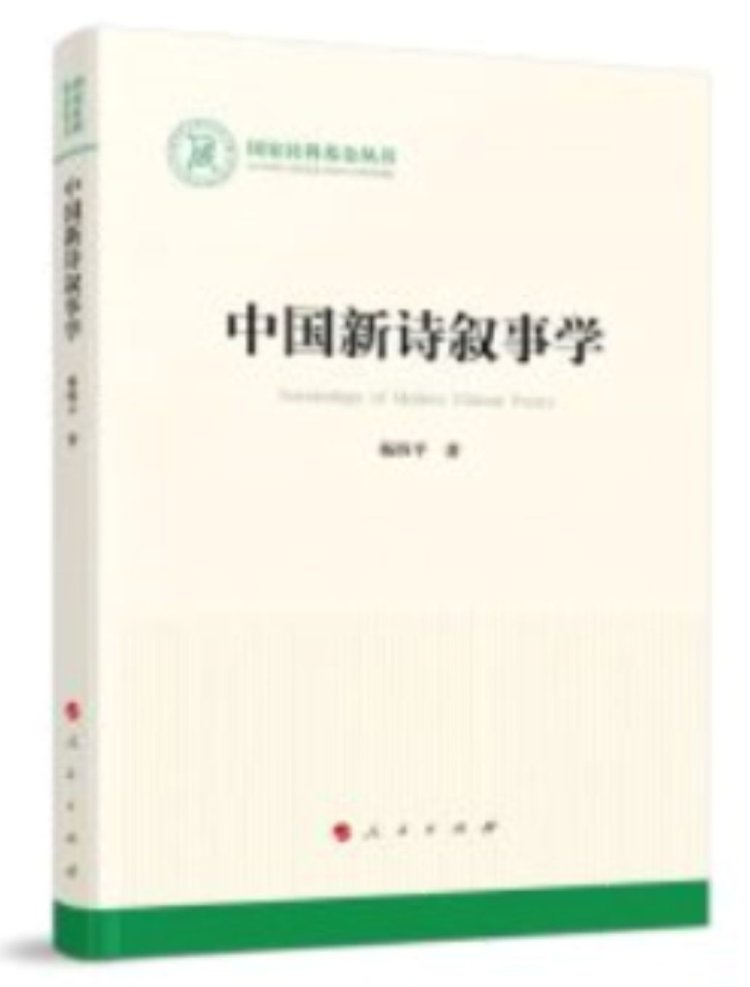Mr.Yang Siping’s introduction:
Yang Siping, male, born in Anhui, China in 1968, is currently a professor of Shanghai International Studies University, a consultant of Huaxia Culture Promotion Association, a consultant of Hong Kong Literature Promotion Association, and a permanent member of World Congress of Poets. He published 14 academic monographs, including Intercultural Dialogue and Imagination: the Overseas Dissemination and Reception of Modern Chinese Literature. He won “the Literature and Art Critic Award of China Federation of Literary and Art Circles”. He was the editor-in-chief of 20 kinds of the World Contemporary Poetry Series · Series of Selected Short Poems. He planned 16 episodes of large-scale variety show“Poetry • China”of Anhui Satellite TV. He was also invited to India, Mexico, the United States, Russia and other countries to attend World Poets Conference.

Professor Yang Siping’s new book “Chinese New Poetry Narrative Studies” has been grandly published
Professor Yang Siping’s new book, *Chinese New Poetry Narrative Studies*, has been officially published. This work introduces and systematically elaborates on the newly proposed academic concept of “Chinese New Poetry Narrative Studies” for the first time.
The book *Chinese New Poetry Narrative Studies* by Professor Yang Siping from Shanghai International Studies University was officially published by People’s Publishing House in May 2024 and is now available for sale domestically and internationally.
This book investigates the origins, evolution, methods, forms, mechanisms, characteristics, and literary-historical significance of narrative in Chinese new poetry from the perspectives of modernity and the concept of “segment.” In addition to an introduction, a comprehensive conclusion, and an appendix, the book comprises eight main chapters. These chapters sequentially explore the causes and historical development of narrative in Chinese new poetry, as well as its manifestations in narrative poetry, lyrical poetry, realistic narrative, presentational narrative, situational narrative, and “segment”-based narrative, including “visual segment,” “auditory segment,” and “synesthetic segment” narrative. Overall, under the framework of poetic modernity, the narrative system in Chinese new poetry has matured into a structured system composed of narrative poetry, lyrical poetry, realistic narrative, presentational narrative, and situational narrative, culminating in the concept of the “segment” in new poetry.
The book makes at least two major theoretical contributions. First, it systematically organizes, clarifies, summarizes, extracts, and deeply elaborates on the knowledge lineage and generative mechanisms of narrative in Chinese new poetry from the theoretical perspective of modern poetics. It is the first monograph to propose and elaborate in depth the significant academic proposition of “Chinese new poetry narrative.” Second, beyond the well-established “lyric tradition” in Chinese new poetry, the book identifies and articulates a previously underemphasized yet profound “narrative tradition.” It further argues that Chinese new poetry has been continuously evolving through the dual influence of these two traditions, which function as two driving forces propelling its development.



